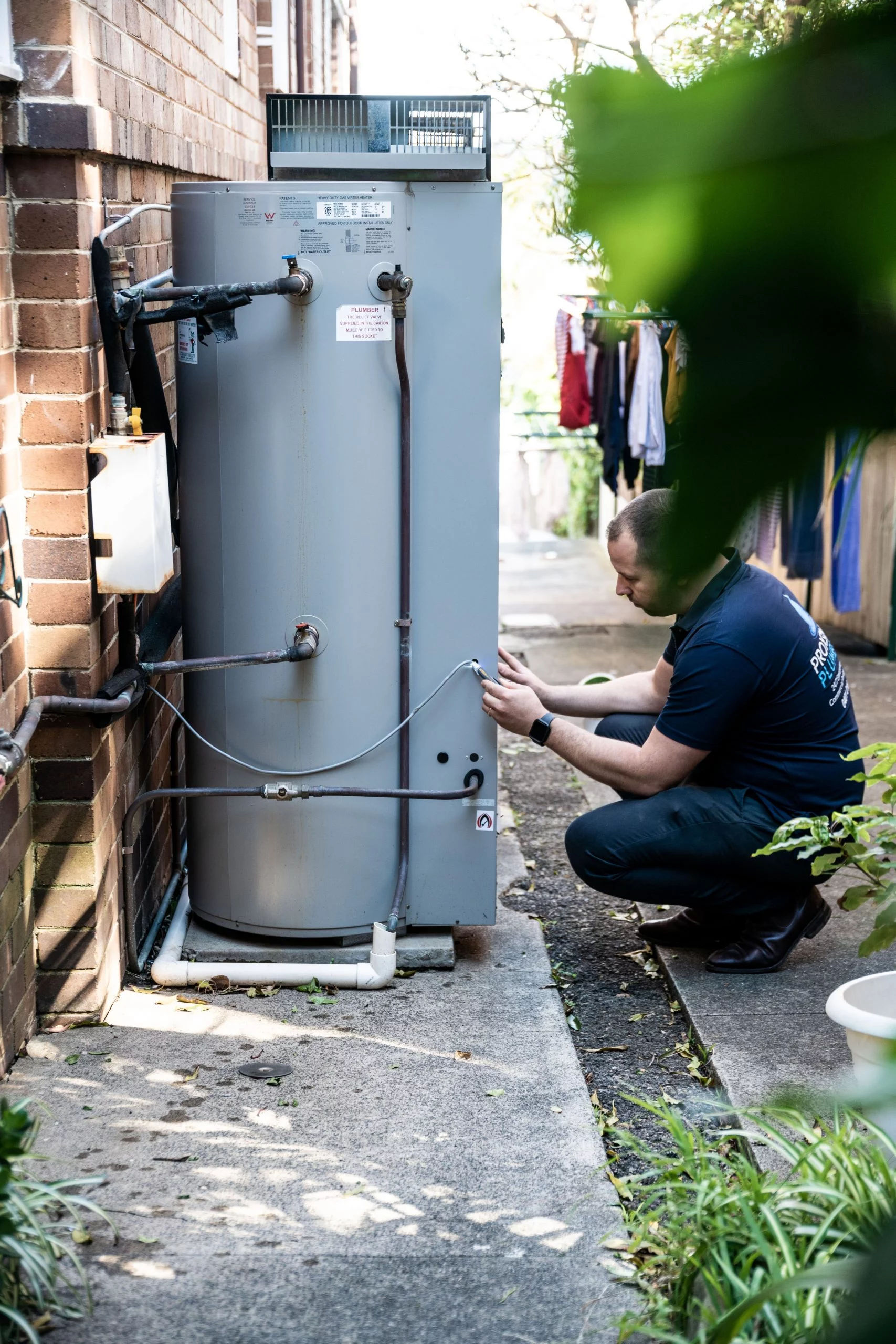Easy Guide to Maintaining Your Home's Hot Water System
Easy Guide to Maintaining Your Home's Hot Water System
Blog Article
This great article down the page in relation to Tips For Maintaining Your Hot Water Heater is especially compelling. You should give it a look.

Hot water is vital for day-to-day comfort, whether it's for a rejuvenating shower or washing meals. To ensure your warm water system runs effectively and lasts longer, routine maintenance is essential. This article gives functional suggestions and insights on just how to maintain your home's hot water system to prevent disturbances and pricey repairs.
Intro
Maintaining your home's hot water system could seem complicated, but with a few straightforward steps, you can guarantee it runs smoothly for many years ahead. This guide covers whatever from comprehending your warm water system to DIY maintenance pointers and knowing when to call in expert help.
Value of Maintaining Your Warm Water System
Regular upkeep not just extends the life expectancy of your hot water system yet likewise ensures it runs effectively. Overlooking upkeep can lead to decreased performance, greater power expenses, and even early failing of the system.
Indications Your Hot Water System Demands Upkeep
Understanding when your hot water system needs focus can stop major issues. Keep an eye out for indicators such as irregular water temperature, weird sounds from the heater, or rusty water.
Recognizing Your Hot Water System
Prior to diving right into upkeep tasks, it's valuable to comprehend the fundamental elements of your hot water system. Generally, this includes the water heater itself, pipelines, anode poles, and temperature level controls.
Regular Monthly Maintenance Tasks
Routine monthly checks can help capture small problems before they escalate.
Flushing the Hot Water Heater
Flushing your water heater eliminates sediment accumulation, enhancing performance and lengthening its life.
Monitoring and Changing Anode Rods
Anode poles protect against deterioration inside the container. Evaluating and changing them when broken is critical.
Inspecting and Readjusting Temperature Level Setups
Changing the temperature level settings guarantees ideal performance and safety and security.
Do It Yourself Tips for Upkeep
You can carry out numerous upkeep tasks yourself to maintain your hot water system in leading condition.
Looking for Leakages
Routinely evaluate pipes and connections for leaks, as these can bring about water damage and higher expenses.
Evaluating Stress Alleviation Valves
Testing the stress relief valve guarantees it works correctly and stops excessive stress accumulation.
Insulating Pipelines
Insulating hot water pipelines decreases warmth loss and can save power.
When to Call an Expert
While do it yourself maintenance is beneficial, some problems require expert proficiency.
Complicated Concerns Needing Specialist Help
Instances include significant leakages, electrical troubles, or if your water heater is constantly underperforming.
Routine Expert Upkeep Conveniences
Expert upkeep can include extensive inspections, tune-ups, and ensuring conformity with security criteria.
Conclusion
Routine upkeep of your home's hot water system is necessary for performance, longevity, and expense financial savings. By following these ideas and recognizing when to seek expert aid, you can make sure a reliable supply of warm water without unexpected interruptions.
How to Maintain an Instant Hot Water Heater
Before tinkering with your hot water heater, make sure that it’s not powered on. You also have to turn off the main circuit breaker and shut off the main gas line to prevent accidents. Also turn off the water valves connected to your unit to prevent water from flowing into and out of the appliance. 2. When you’re done, you have to detach the purge valves’ caps. These look like the letter “T†and are situated on either side of the water valves. Doing so will release any pressure that has accumulated inside the valves while at the same time avoid hot water from shooting out and burning your skin. 3. When the purge valves’ caps are removed, you have to connect your hosing lines to the valves. Your unit should have come with three hoses but if it didn’t, you can purchase these things from any hardware or home repair shops. You can also get them from retail stores that sell water heating systems. Read the user’s manual and follow it to complete this task properly. When the hosing lines are connected, open the purge port’s valves. 4. You should never use harsh chemical cleaners or solutions when cleaning your unit. Make use of white vinegar instead. It should be undiluted and you’ll probably use about 2 gallons. 5. Now flush your water heater. This task should probably take about 40 minutes. We can’t give you specific directions for this because the procedure is carried out depending on the type, model and brand of your heater. With that being said, refer to the user’s manual. 6. When you’re done draining the unit, you have to turn off the purge port valves again. Remove the hosing lines that you earlier installed on each of the water valves. Put the valve caps (purge port) back in their respective places and be very careful so as not to damage the rubber discs that are found inside these caps. 7. Now that everything’s back in place, check your user’s manual again to find out how to reactivate your water heating system. 8. Once it is working, turn one of your hot water faucets on just to let air pass through the heater’s water supply pipes. Leave the tap on until water flows smoothly out of it. https://www.orrplumbing.com/blog/2014/september/how-to-maintain-an-instant-hot-water-heater/

I found that piece of writing about Water Heater Maintenance Tips You Can't Afford to Forget when doing a lookup on the internet. Sharing is good. You never know, you could be helping someone out. Many thanks for your time invested reading it.
About Report this page